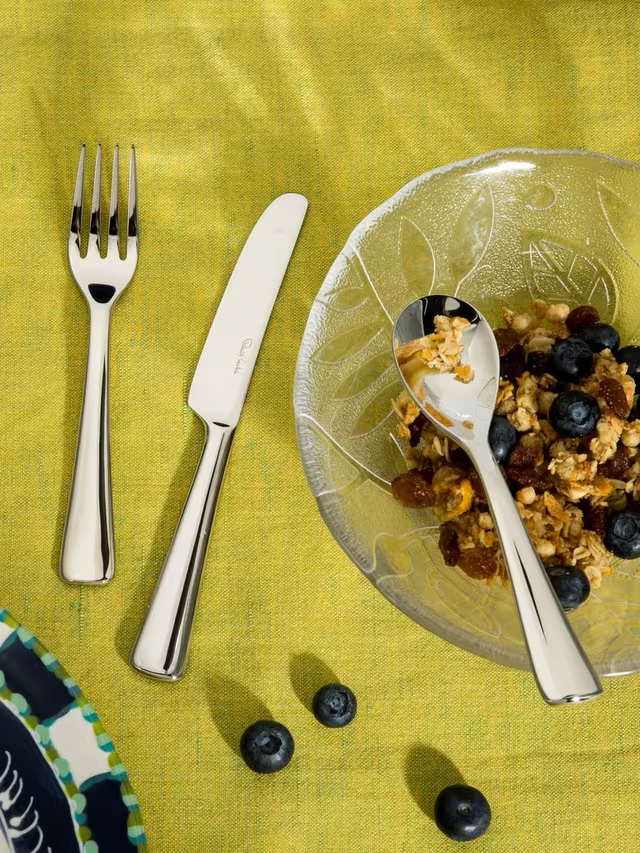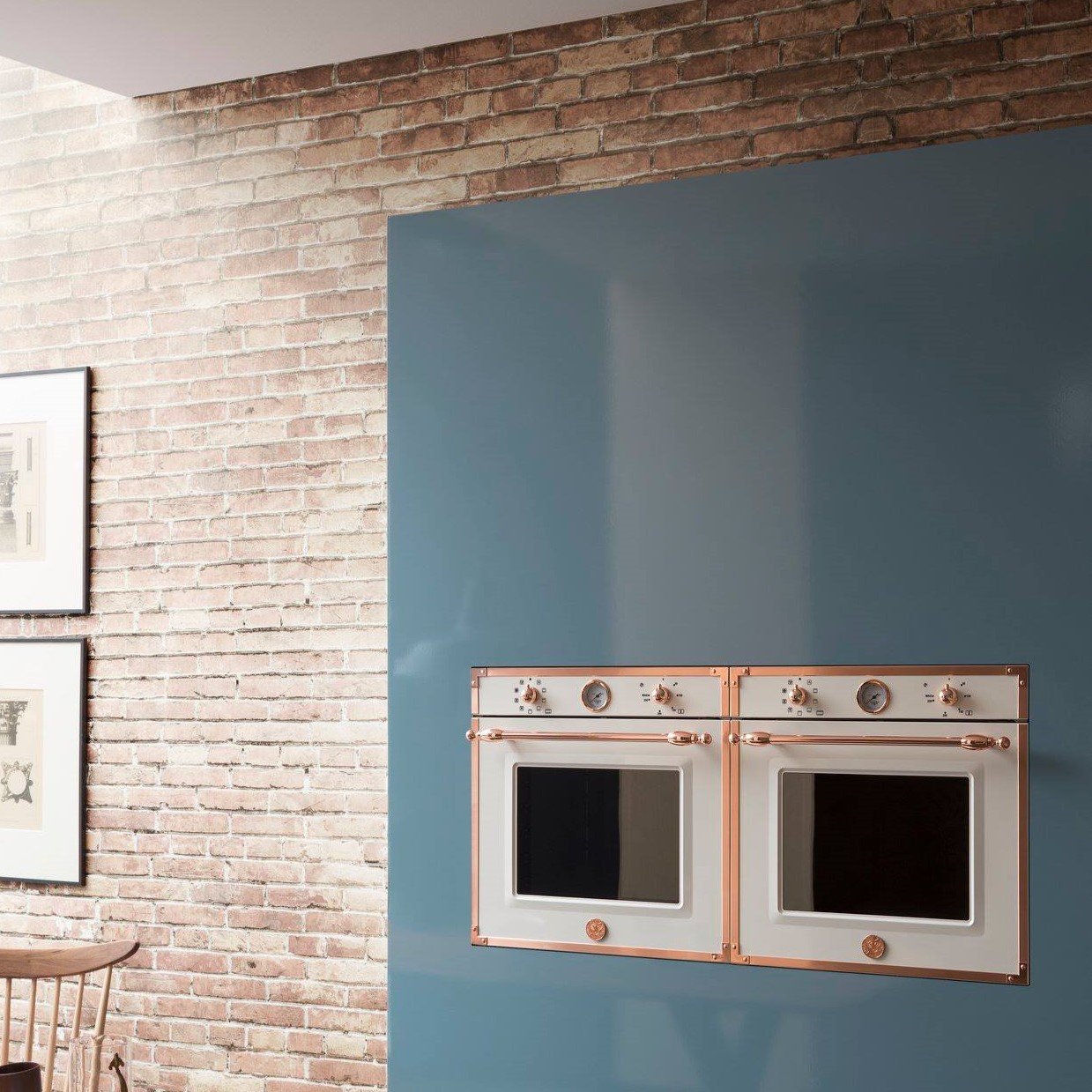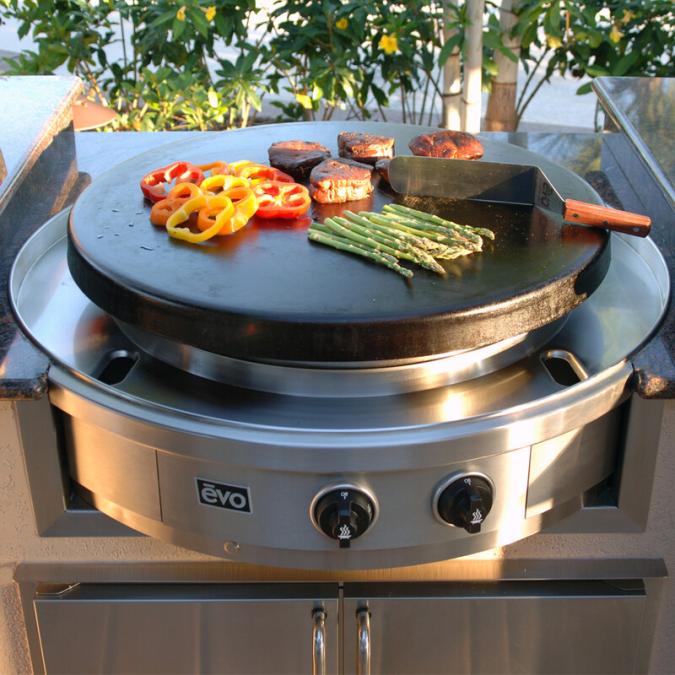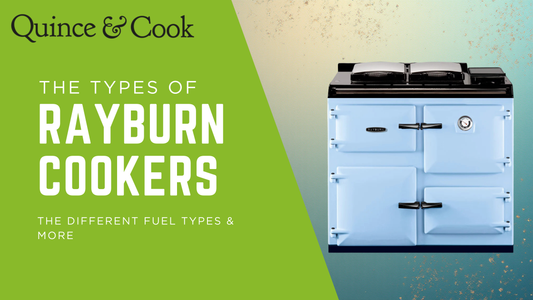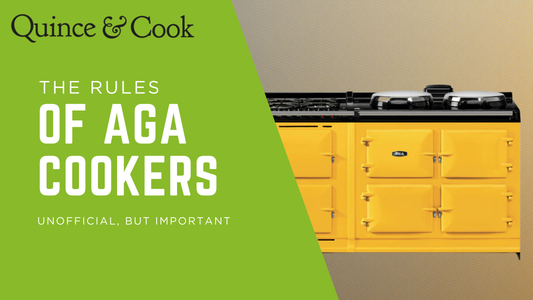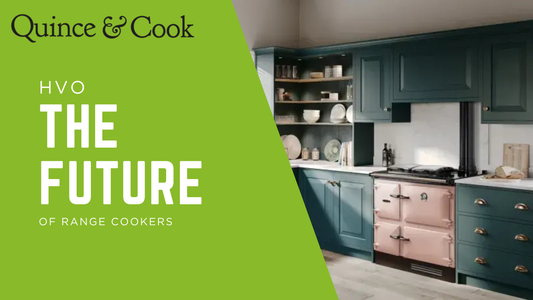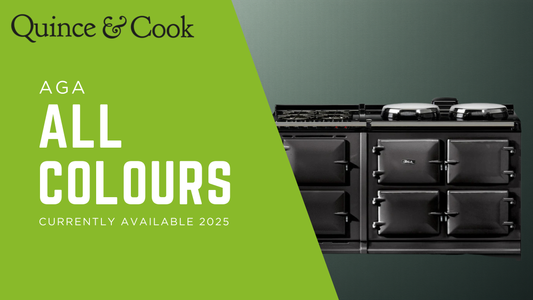The Rayburn has earned its place beside the AGA as a cornerstone of British home cooking. Built with craftsmanship and endurance in mind, it combines heat, efficiency, and timeless design. Although the concept remains the same across generations, the range of fuel types and technologies has evolved to meet modern living. Understanding the different Rayburn cookers helps you choose one that suits your home and your way of life.
What Makes a Rayburn Different
A Rayburn cooker combines a heat source, oven, and often a domestic boiler in one unit. It provides steady, radiant warmth that can heat both food and water while serving as the heart of the home. Unlike conventional ovens, Rayburns are built to operate continuously, offering consistent temperatures and a welcoming atmosphere in the kitchen. Each model has its own fuel type and performance profile, giving owners a choice between traditional and modern technologies.
Rayburn Oil Fired Cooker
How It Works
The oil-fired Rayburn runs on kerosene or similar light heating oil. It burns cleanly and provides dependable, steady heat with minimal manual effort. Many models can power central heating systems while also serving as cookers, making them suitable for homes that need both warmth and versatility.
Advantages
Oil-fired Rayburns are valued for reliability and ease of use. They offer strong, even oven temperatures, require minimal daily attention, and perform well in rural locations without access to gas. The fuel is widely available, and maintenance is straightforward when serviced regularly.
Considerations
Regular servicing is essential to keep emissions clean and ensure efficiency. The oil storage tank must meet environmental standards, and good ventilation around the cooker is important. Modern versions are more efficient than older ones, but users should still plan for an annual service.
Rayburn Solid Fuel Cooker
How It Works
Solid fuel Rayburns are the most traditional models. They burn wood, coal, or manufactured smokeless fuel in a firebox that heats both the oven and, in some cases, the home’s water supply. The design allows for continuous burning, keeping the cooker warm throughout the day.
Advantages
These cookers create a distinctive atmosphere. The visible flame, deep warmth, and natural fuel supply appeal to those who value self-sufficiency. They are also practical in areas where other fuel sources are unreliable. Cooking on a solid fuel Rayburn produces the classic, slow, radiant heat that owners cherish.
Considerations
Managing a solid fuel model takes effort. The fire must be built and maintained manually, and ash removal is part of daily use. Fuel storage is necessary, and efficiency depends on the quality of the wood or coal. For those who enjoy hands-on control, this can be part of the charm.
Electric Rayburn Cooker
How It Works
The electric Rayburn brings modern precision to a traditional concept. Each oven and hotplate is individually controlled, allowing instant heat-up and standby options. There is no flue or chimney, making installation easier in contemporary homes.
Advantages
This version suits households that want flexibility without fuel storage. It is clean, efficient, and easy to operate. The programmable controls mean it can be active only when required, reducing energy use while maintaining the same cooking quality that defines the Rayburn experience.
Considerations
An electric Rayburn relies entirely on a stable power supply, and it lacks the ambient warmth of a constantly burning model. It is, however, ideal for smaller kitchens or energy-conscious owners who prefer exact control.
Rayburn Gas Cooker
How It Works
Gas-fired Rayburns use either natural gas or LPG. They provide quick response and strong, even heat. The burners ignite instantly and maintain steady oven temperatures with minimal supervision.
Advantages
Gas models heat rapidly and are simple to manage. They combine the responsiveness of a modern range with the character of a cast-iron cooker. Many owners appreciate their convenience and lower running costs compared to traditional fuels.
Considerations
Access to a gas main or LPG supply is required, and professional installation is essential. Regular maintenance ensures efficient combustion and safe operation. Gas Rayburns suit busy households that want quick heat without sacrificing reliability.
Rayburn HVO Cooker
How It Works
The HVO Rayburn represents a step toward sustainable energy. HVO stands for Hydrotreated Vegetable Oil, a renewable fuel that performs like kerosene but with lower carbon emissions. Many modern oil Rayburns can be adapted to run on HVO with minor adjustments.
Advantages
Switching to HVO reduces greenhouse gas emissions dramatically. It allows existing oil systems to continue operating with improved environmental performance. For rural areas without gas connections, HVO offers a practical route to lower-carbon heating and cooking.
Considerations
Although HVO is cleaner, it remains more expensive than standard heating oil and may not be available everywhere. As distribution grows, it is expected to become a key part of sustainable rural living. Early adopters appreciate the chance to modernise without losing the qualities that make Rayburns special.
Choosing the Right Rayburn for Your Home
The best Rayburn depends on your household’s needs, energy preferences, and daily routine. An oil or HVO model suits homes that rely on central heating integration. Electric versions excel in compact spaces and modern builds. Solid fuel and gas models appeal to those who value tradition or immediate heat. Consulting an approved installer ensures that your choice matches your property’s requirements and fuel availability.
Living with a Rayburn
A Rayburn creates more than meals; it shapes the rhythm of the home. The slow, consistent warmth transforms the kitchen into a gathering place, while its dependability turns everyday cooking into something quietly remarkable. Whatever the fuel source, the essence of Rayburn living remains the same: comfort, durability, and a lasting connection between the cook and the cooker.





